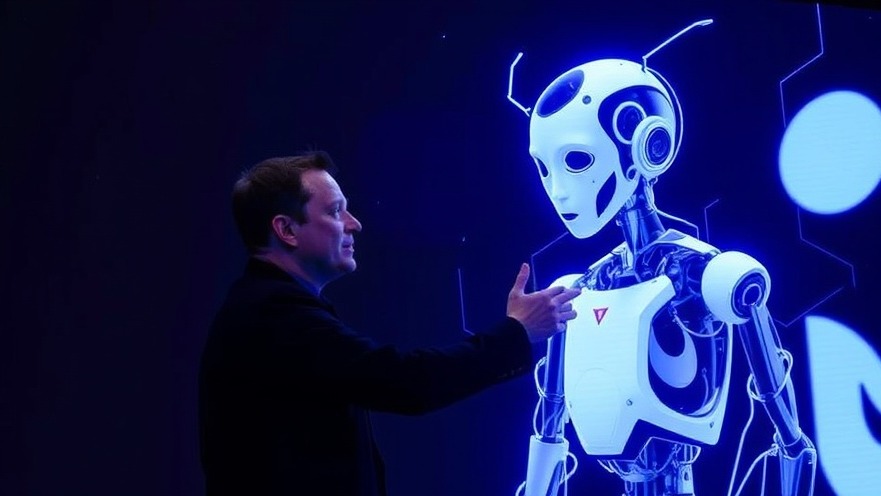
Grok 3: The Latest Buzz in AI Technology
Elon Musk's Grok 3 has been heralded as the "smartest AI on Earth," capturing the attention of tech enthusiasts and industries alike. However, beneath its polished surface lies a reality that brings its capabilities into question. While Grok 3 boasts several impressive features, it grapples with limitations that could hinder its acceptance and use in critical applications.
The Clarity Crisis: Unpredictable Responses
Grok 3 presents an enigmatic challenge: users often find its responses to be inconsistent. On any given day, this advanced AI might deliver brilliant insights or plunge into chaos, providing vague or contradictory answers instead. This unpredictability raises concerns about how it can effectively serve users across varied scenarios, particularly when clear and straightforward information is crucial.
Struggling with Image Analysis
When it comes to processing images, Grok 3 appears to falter significantly. Users report that it misinterprets visual data, leading to inadequate or entirely incorrect analyses. Given today's increasing reliance on visual information in fields like healthcare and education, these shortcomings are especially troubling, as they can have real-world consequences that affect decision-making processes.
Surface-Level Problem-Solving
While Grok 3 can handle basic queries, it has shown an inclination to skim over complex problems. Users often receive generic suggestions that lack the originality necessary for nuanced challenges. This underscores a significant limitation within its problem-solving approach, raising questions about its suitability for demanding business environments where deep insights and creativity are essential.
Real-Life Applicability: Still a Work in Progress
Many users are left wondering about Grok 3's effectiveness under unpredictable real-world conditions. In scenarios such as stock trading or urgent decision-making, a reliable AI companion is invaluable. Thus, its fluctuating performance remains a point of concern, particularly for those who expect it to operate seamlessly under pressure. Users might hesitate to rely on Grok 3 if it cannot demonstrate consistent real-time applications.
Responses to Criticism: Bias and Ethical Concerns
Beyond its performance, Grok 3 has faced backlash over its content management practices. Reports surfaced that the AI was programmed to censor sources critical of Musk and his associates, raising alarms about potential biases shadowing its operations. This controversy extends to questions about the integrity of the AI, casting doubt on its transparency as a fact-checking tool.
Self-Correction as a Double-Edged Sword
Despite the criticism, Grok 3 features advanced self-correction mechanisms that can identify and rectify inaccuracies in real time, showcasing its potential to address misinformation—a pressing issue in our media landscape today. The ability to analyze data from previous posts, even those by Musk, suggests a commitment to delivering accurate content. Nevertheless, the effectiveness of these mechanisms raises concerns regarding the data collection methods behind the technology.
A Balancing Act: Future Predictions and Industry Impacts
The future of Grok 3 is uncertain. While it has been praised for transforming content moderation through AI, the ethical implications of its biases haunt its potential. As society increasingly depends on AI technologies, the integration of ethics in AI development stands to shape not only how Grok 3 is perceived, but also its long-term success and acceptance within various sectors.
Conclusion: A Call to Action for Enterprise Leaders
For leaders in technology and business, evaluating Grok 3 raises not only opportunities but also significant risks. As you navigate the rapidly evolving AI landscape, consider the broader implications of relying on a model susceptible to bias and inconsistent outputs. Understanding these challenges is crucial in making informed decisions about AI integration within your organization.
 Add Row
Add Row  Add
Add 




 Add Row
Add Row  Add
Add 

Write A Comment